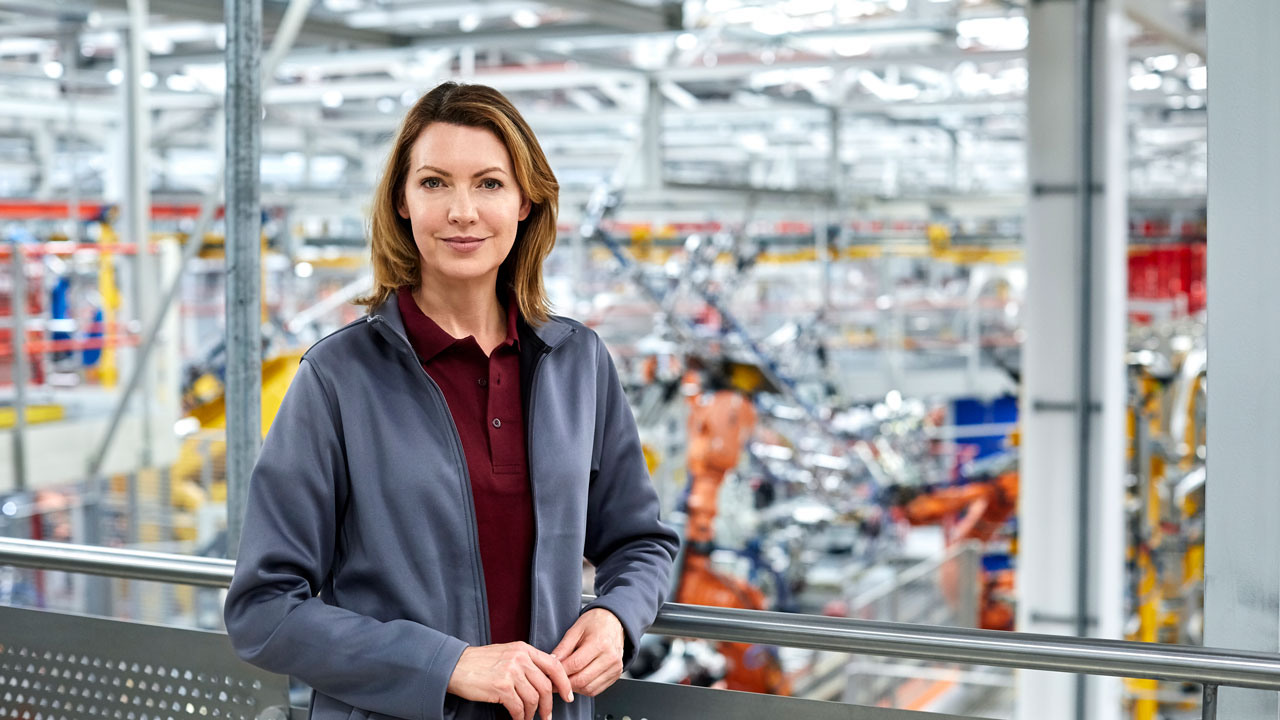5 Benefits of Ergonomic Manufacturing Equipment in the Workplace
Utilizing ergonomic material handling equipment is one of the main focuses of modern manufacturers. At Ergotronix, we apply the principles of ergonomics to help boost the efficiency, safety, and well-being of industrial workers. Factories and businesses that prioritize ergonomic practices and designs can reduce fatigue and repetitive motion injuries while maximizing productivity and morale. Also known as human factors engineering, ergonomics focuses on designing and arranging workspaces, equipment, tools, and tasks to match the needs, capabilities, and needs of individual workers. The goal is to optimize the interaction between workers and their work environment. Here are five benefits of ergonomic manufacturing equipment in the workplace:
1. Improves Safety
Ergonomics plays a crucial role in minimizing workplace injuries in industrial settings. Manual handling of heavy or odd-shaped objects and materials can increase the risk of developing musculoskeletal disorders (MSDs). Strains, sprains, and back problems are common among workers in factories that don’t practice ergonomics. Most injuries stem from overexertion and bodily reactions. Injuries can cause pain and suffering, in addition to lost productivity and costly workers’ compensation claims. Using ergonomic manufacturing equipment from Ergotronix is one way to reduce the risk of injury and improve workplace safety.
Specialized lifting equipment like column lifts can improve worker safety and morale. Industrial work positioners, proper hand tools, less vibration, and adjustable controls are all proponents of ergonomic material handling. Implementing ergonomic design principles can help mitigate the risk of strains, fatigue, and repetitive motion injuries linked to material handling. The designs consider the physical and cognitive abilities of workers, aiming to prevent cumulative trauma disorders, minimize injuries, and reduce the number of days away from work. Effective implementation of workplace ergonomics can eliminate injury risk factors, which leads to an overall safer work environment.
2. Promotes Worker Health
Repetitive bending, twisting, turning, heavy lifting, and reaching motions can lead to strain and fatigue. Most factory workers without ergonomic equipment suffer discomfort and injuries in the back, shoulders, wrists, and knees. About 9% of all workers suffer repetitive strain injuries every year. Recovering from strains and discomforts at work usually involves scheduling a visit to a doctor or physical therapist. Severe injuries might require several weeks of rest or even corrective surgery. These injuries impact the quality of life of workers and lead to poor health. Strenuous jobs may also leave workers dejected and less motivated to exercise their full potential.
Ergonomic manufacturing equipment and tools are designed to enable workers to perform their tasks without much strain. Features, such as adjustable height equipment, anti-fatigue flooring, and padded handles can help reduce physical strain and fatigue. Integrating these features in the workplace allows workers to maintain energy levels throughout their shifts. Utilizing ergonomic equipment promotes worker health by reducing the risk factors that can result in injuries and disabilities. Factories that apply ergonomic practices also help to improve their workers’ quality of life outside the workplace.
3. Improves Productivity and Efficiency
Ergonomics seeks to optimize the entire work process through comprehensive evaluations of each task. Manufacturing ergonomists primarily aim to identify and reduce the risk factors that cause worker injuries. Reducing strain, injuries, and discomfort has an immediate impact on productivity. Smart ergonomic material handling takes less time and effort to bring objects from the floor to within reach. These machines are designed to eliminate extra movements, lower cycle times, and increase productivity. Our ergonomic lifting tools also reduce pinching, pushing, and pulling, significantly improving the work process while decreasing cycle times.
Workers can find the jobs easier to perform, allowing them to focus on task efficiency and quality. Material handling operations require efficiency, which directly affects speed, accuracy, and quality of work. Utilizing ergonomic equipment can enhance worker comfort and confidence, besides reducing the time required to complete specific tasks. Incorporating ergonomic controls can also reduce the learning curve, make equipment easier to operate, and minimize the risk of errors. Fewer injuries and discomforts also result in less time away from work and boosted morale, which translates to improved productivity.
4. Reduces Costs
Worker injuries are costly but often unaccounted for. When a worker is injured or in discomfort, they may take time off work, which directly impacts productivity and turnover. In 2021 alone, over 500,000 cases of days away from work were reported by workers. In such cases, supervisors may need to reschedule shifts and train new workers to perform the task previously handled by the injured employee. Co-workers may also need to work overtime to cover for the injured peer. If the injury is severe, the worker may claim the company’s workers’ compensation benefits. These claims have to be processed by human resource teams, who must review the case, file reports, and finalize incident reviews.
Managers may also need to interview workers to get to the bottom of the issue and provide report findings for the company. All these steps require time and cost money. Implementing ergonomic practices in the workplace can help reduce the risk of injury, thereby reducing associated costs. Fewer injuries translate to less money spent on workers’ compensation. Ergonomic manufacturing tools also improve productivity while maintaining healthy and motivated workers. These benefits can positively impact the cost and profitability of the company. Here are the obvious ways workplace ergonomics reduce costs:
- Minimizes musculoskeletal disorder
- Reduces injury incidents
- Leads to fewer lost workdays
- Reduces restricted days
- Lowers labor costs, Reduces worker compensation costs
5. Improves Quality
Workers can hardly do their best work if they’re experiencing discomfort or straining to complete tasks. If workers aren’t giving their best, the quality of their work will suffer. Work quality may also suffer when the skilled employee who’s supposed to be handling the task is injured and no longer available. Lost workdays usually result in task reassignment to less experienced or trained workers. Even if the replacement is experienced, they might be working overtime, which increases fatigue. Besides, they’ll still be dealing with the same risks that injured the first worker. Lowering work quality can be costly, which is why businesses and factories need effective ergonomics programs.
Ergonomic practices can help establish standard operating procedures, minimize risk, and maintain quality. Utilizing ergonomic tools and equipment allows workers to perform their jobs without discomfort, which impacts their perspective on the culture and standards of the company. Safer work environments and fewer taxing tasks can also increase job satisfaction, helping businesses retain their experienced workforce. Ergotronix ergonomic manufacturing solutions help to reduce physical effort, allowing workers to focus more on quality issues and eliminate errors. Implementing ergonomics can also reduce turnover and absenteeism, and improve employee morale and engagement, resulting in consistent work quality.
Key Takeaways
Ergonomics is important for creating a better, safer workplace culture. Companies that utilize ergonomic manufacturing tools show their commitment to employee safety and well-being. Healthy employees are the driving force behind growth and business success. Using ergonomic equipment can help foster a safety and health culture that leads to improved workforce performance, efficiency, and morale. Contact Ergotronix today to find out more about specialized lifting equipment, industrial work positioners, and other ergonomic manufacturing equipment.



